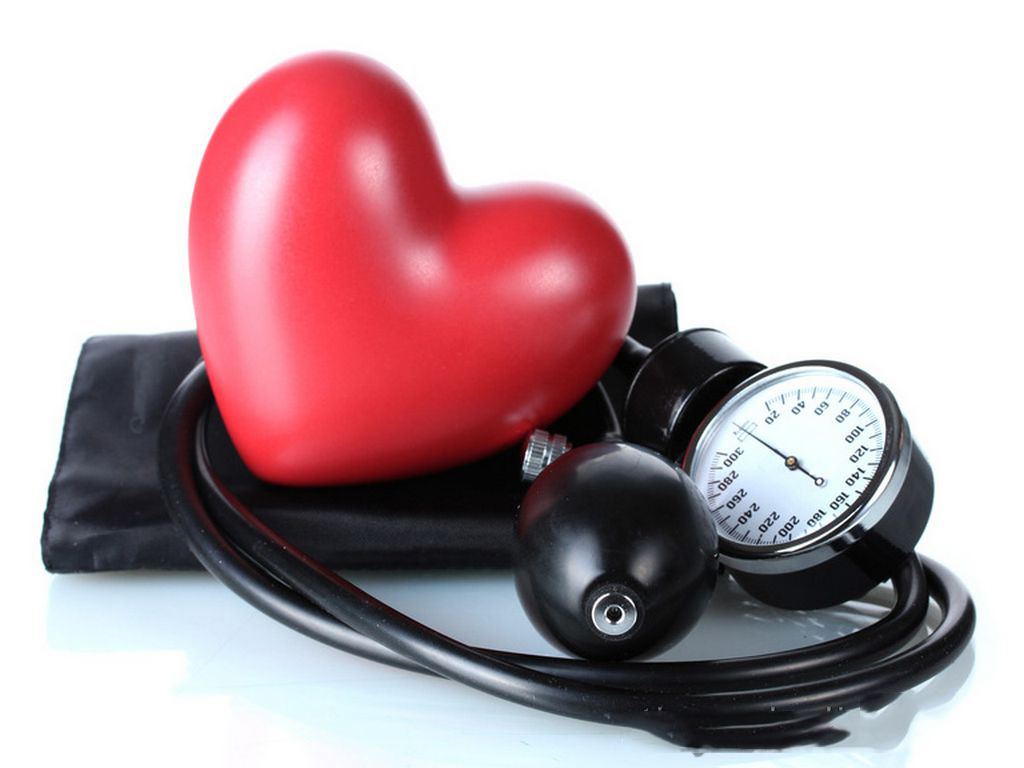
The difference in pressure indicators, changes in pressure with age.
The content of the article
- What is called upper and lower blood pressure?
- Systolic pressure: What is responsible for?
- Diastolic pressure: What is responsible for?
- Age pressure rate: table
- Permissible and normal difference between pressure indicators
- Why do you need to measure pressure and on which hand?
- A small difference between pressure indicators: Reasons, which means to health?
- The big difference between the upper and lower pressure: the reasons for health?
- The difference in upper and lower pressure 50, 60, 70, 80, 20, 40: is it good or bad?
- The upper and lower pressure is the same: what to do?
- Video: Changing the pressure indicator with age
Pressure in the human body plays a very important role and can negatively affect the general state. To feel good, you need to control the pressure indicators. What do these indicators mean and you will learn about the norms of pressure from the article.
What is called upper and lower blood pressure?
The pressure determines how strong blood pressure on the vessels. Blood pressure also determines the pressure at a time when blood moves from the heart.
After each heartbeat, pressure indicators change. High indicators are called systolic (upper) pressure, low - diastolic (lower).
If a person has pressure indicators normal, then this positively affects his appearance, he becomes more efficient and hardy, and, of course, determines the life expectancy. Pressure indicators can be determined:
- Genetics
- Life lifestyle
- The correctness of nutrition
Normally, this indicator is 120/80 mm Hg. But these indicators may have certain fluctuations.

Genetics affects pressure indicators
In young people, indicators can be within these limits or slightly lower. With age, people notice signs of hypertension - high pressure. This can be considered the norm of physiology.
Pressure may increase or decrease in the presence of the following factors:
- Stress, psychological overwork
- Inal meals
- Smoking, alcohol consumption
- Heat in the room or on the street (due to high temperature, pressure may increase)
- Fatigue from physical exertion (heartbeat can also increase from them)
The upper pressure indicators depend on how much the heart is reduced and often. If the heart beats often, then the indicator of systolic pressure increases. The heart muscle and large arteries are involved in the indicators that form the upper pressure, which is also influenced by the following factors:
- UO left ventricle
- The speed with which blood is thrown out
- Number of heart beats per minute
- Elasticity that the walls of the aorta have
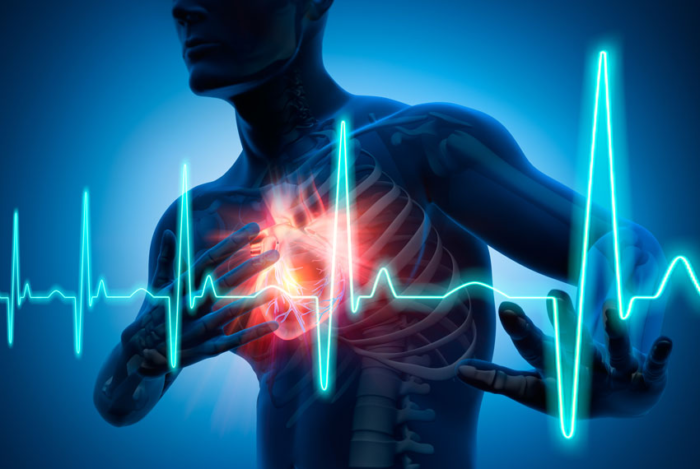
Pressure indicators directly depend on the work of the heart
Diastolic pressure manifests itself when the heart muscle is as relaxed as possible. This indicator is determined:
- How passable the arteries are
- How often the heart is reduced
- How elastic vessels are
If the elasticity of the vessels is low, then the pressure indicator will be high. This indicator is often called renal, since it is the kidneys that eject the component of Renin, which increases the tone of the heart muscle and, accordingly, a diastolic indicator.
Systolic pressure: What is responsible for?
This indicator characterizes the blood pressure level when the heart is reduced as much as possible. Systolic pressure is responsible for the performance of the heart and the power of blood pushing into the arteries.
Diastolic pressure: What is responsible for?
Lower pressure it is characterized by blood pressure when the heart is as relaxed as possible. This indicator is responsible for the tone of the muscle shell of blood vessels.
Age pressure rate: table
The normal level of pressure in humans depends on many indicators, among which one of the main ones is age. Well -known norm 120/80 mm Hg usually observed in people aged from 20 to 40 years.
We offer you a table in which pressure indicators for different age category, including children are indicated in detail:
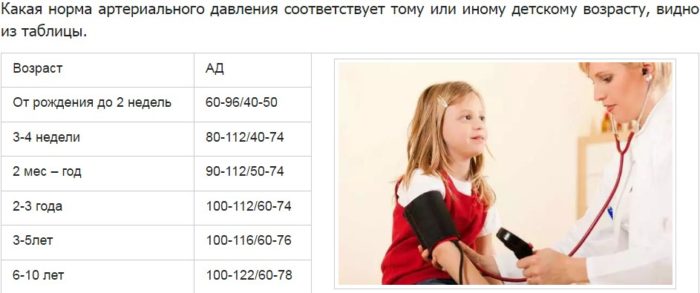
Pressure rate for children
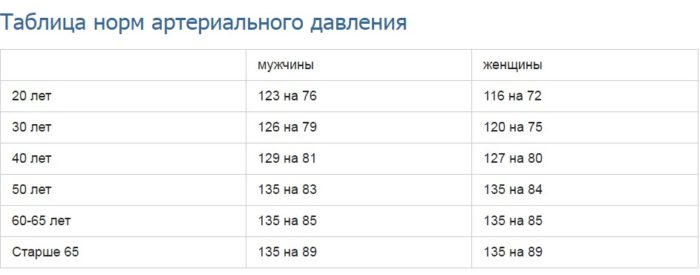
Indicators for adults
Permissible and normal difference between pressure indicators
Judging the norm, which we have already voiced earlier, it is clear that the normal gap between the two indicators is 40 mm Hg. In the case when the gap increases to the number 60, various diseases may appear, among which the development of hypertension and hypotension.
Each of these diseases is very dangerous: hypotension can lead to brain disorders, visual impairment and even to cardiac arrest. Hypertension in critical condition can lead to paralysis.
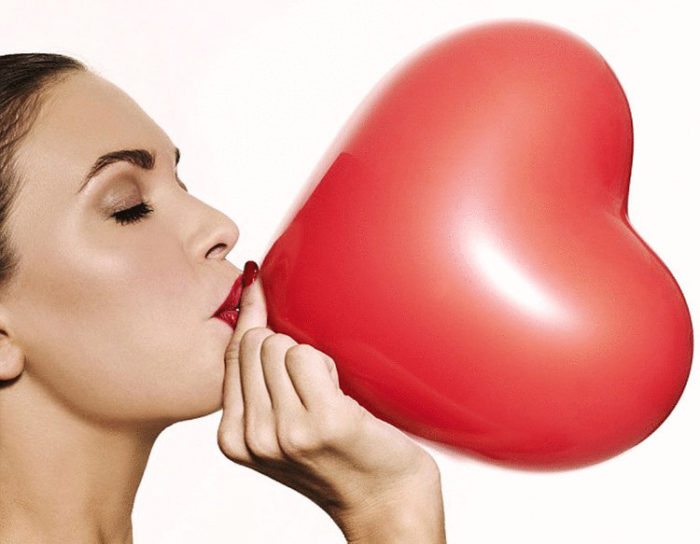
Follow the pressure indicators
In medicine, there is a term about pressure called “working”, that is, at these indicators, a person feels good. The pressure limits are indicators from 90/60 to 140/90.
Why do you need to measure pressure and on which hand?
In order for the doctor to accurately establish a diagnosis and correctly prescribed treatment, it is necessary to correctly measure the pressure. Because it is according to the results of this indicator that a medical appointment will be prescribed. There are several measurement methods:
- The oldest one is using cuffs and a manual tonometer. The main thing in this case is to properly apply cuffs, be able to use a tonometer and carefully listen to the beating. This method gives quite accurate results if a person who has an idea of \u200b\u200bthis device is measured.
- Electric tonometer. The numbers will be indicated on the scoreboard and no longer need to listen - you will see the indicators that count on their own. But such devices often break and do not always show accurate results.

Pressure must be measured on both hands
It is important, despite the use of manual or electrical appliances, remember such rules:
- 30 minutes before measurement do not engage in physical exercise, try not to tolerate nerve experiences, do not eat heavy food, alcohol, cigarettes.
- Relax during measurement.
- Completely sit on a chair, it must be with a back.
- Make measurement at the table so that the hand is at the level of the heart.
- Do not move and do not talk during measurement.
- It is advisable to measure the pressure on both hands with an interval of 10 minutes.
If, when fulfilling all the rules, your indicators are very different from the norm, then you should immediately consult a doctor and conduct a thorough examination. You should know that if the pressure level is higher than the norm by 10 mm Hg, then this brings you closer to the development of cardiovascular diseases by a third.

Headache is the first indicator of deviation from the norm of pressure
Headaches, dizziness are the most common symptoms in people with hyper- or hypotension. Therefore, you should carefully monitor this indicator. If necessary, measure pressure several times a day.
A small difference between pressure indicators: Reasons, which means to health?
If the difference between the lower and upper indicator is small, and the pressure is very high, then this may be the result of the development of hypertension. Causes:
- Increasing blood circulation volume
- Increased vascular tone
- Cutting in the endocrine system
- Cholesterol on the walls of blood vessels
- Far's work of the heart muscle
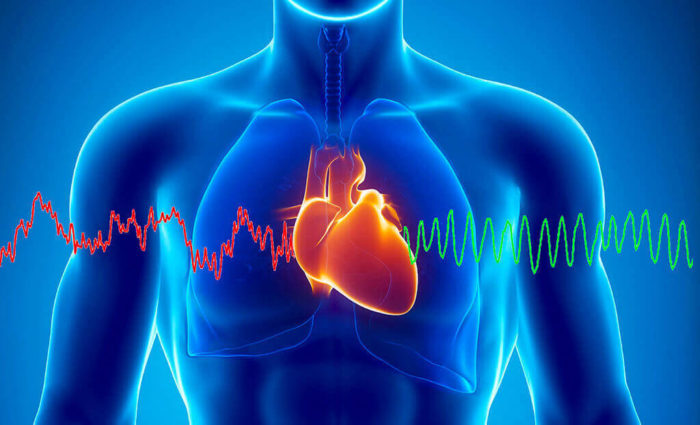
Small difference in pressure indicators
If the gap between the indicators is small, and the pressure is low, then this means that:
- The heart muscle works weakly
- The elasticity of the vessels is low
- Blood circulates little in the vessels
Often low pressure happens in women during critical days. During this period, a large blood loss occurs, due to which the amount of fluid in the vessels decreases. Also, if a failure is observed in the work of the kidneys and they do not produce enough renin, a person may have a decrease in pressure.
During starvation or in people with anorexia, there is also often low pressure. All this occurs due to a decrease in the tone of blood vessels. With the poisoning and excess of toxins, the body can enter into a state like shock, which will entail a decrease in indicators.
The big difference between the upper and lower pressure: the reasons for health?
If when measuring the pressure there is a big difference in indicators, then this may be a signal for the presence infarction or stroke. The higher the difference, the lower the activity of the heart.
If you find indicators that have a great difference, then you should immediately provide a person with peace and call an ambulance. A qualified examination will help to establish a diagnosis and identify the presence of a disease. Only an examination of the doctor in this case and the correct treatment can save a life to a person.
The difference in upper and lower pressure 50, 60, 70, 80, 20, 40: is it good or bad?
As we have already found out earlier, the most correct difference in pressure indicators is 40 mm Hg. The rest of the difference, whether it is less or more speaks of the presence of a cardiovascular disease.
Do not immediately make hasty conclusions. Check if you measured the pressure correctly. The rules are indicated above.

Big difference is an alarming signal
Take a short break by providing a person with peace, and then measure the pressure again. If the indicators have not returned to normal to call a doctor or drink the prescribed medicine, if such problems have already been observed earlier.
The upper and lower pressure is the same: what to do?
As mentioned earlier, the difference between the indicators of diastolic and systolic pressure can be either very small and quite large. The difference in small or greater difference has its explanation, which can be found above.
But if you have the same pressure indicators, then it is necessary:
- Measure the pressure on both hands with a break of 10 minutes.
- Ask to measure the pressure of another person.
- Put on a cuff and measure pressure to another person.
All these actions must be carried out in order to check the correctness of the result. Equal diastolic and systolic pressure is an impossible situation. Therefore, such indicators can indicate a malfunction of the device for measuring pressure or insufficient professionalism of a person who measures pressure.
